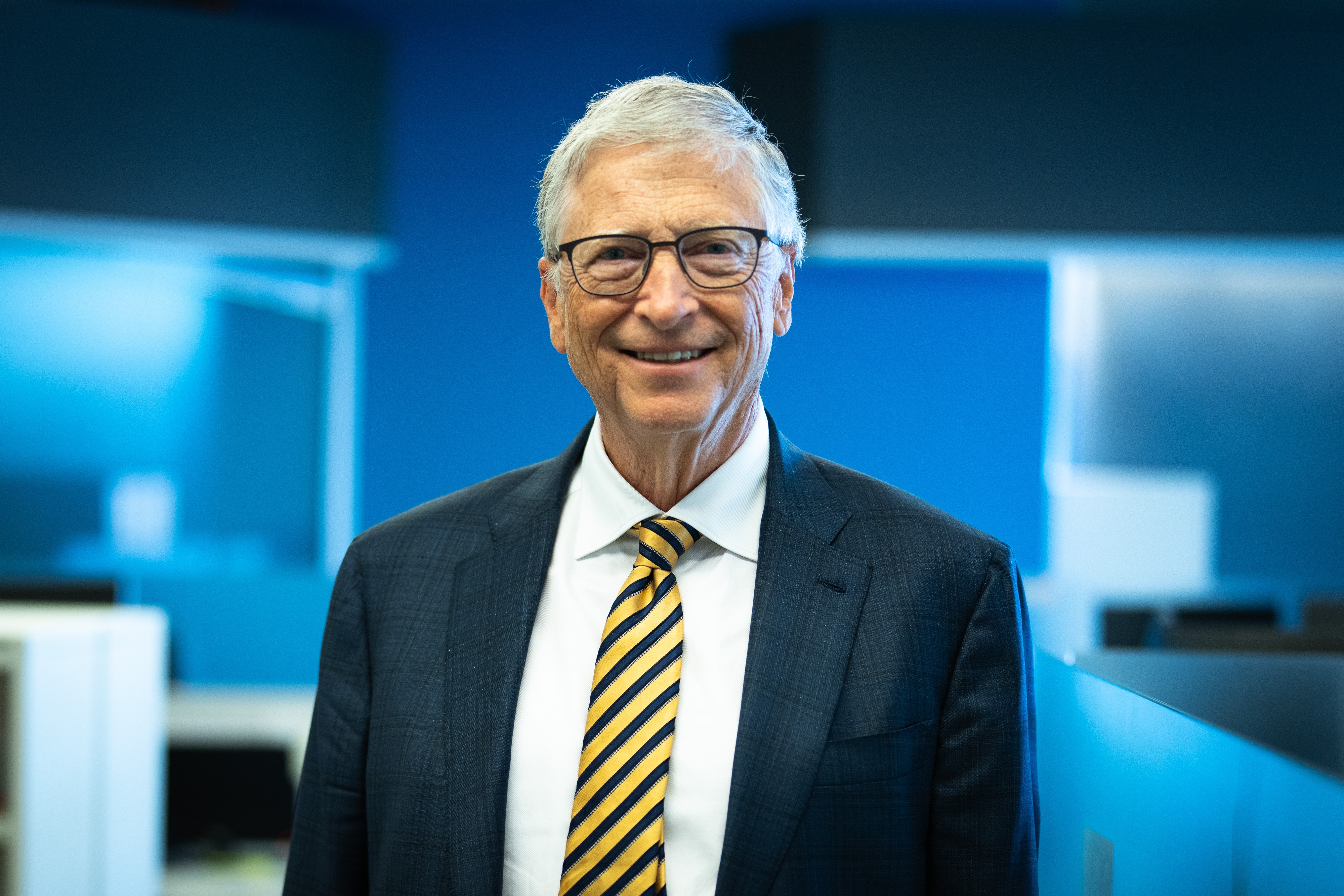When Warren Buffett and Bill Gates launched the Giving Pledge in 2010, they envisioned a movement that would fundamentally transform charitable giving among the world’s wealthiest individuals. The initiative invited billionaires to publicly commit donating the majority of their wealth to philanthropic causes, either during their lifetimes or through their estates. More than a decade later, the results reveal a more complex reality about wealth redistribution among the global elite.
The Giving Pledge boasts a total of 241 signers from 28 different countries, representing only a small segment of the about 2,600 billionaires across the globe. Despite the involvement of well-known personalities such as Elon Musk, MacKenzie Scott, and Mark Zuckerberg, most extremely affluent people have opted not to engage. This minimal engagement prompts significant inquiries about the efficiency of voluntary commitments in tackling wealth disparity and supporting remedies for worldwide issues.
Several aspects seem to play a role in the comparatively low engagement rate. Numerous billionaires favor holding control over their financial resources and philanthropic strategies instead of committing to a public promise. Some have worries about how their contributions may be implemented or doubt the impact of philanthropy on a grand scale. Others have set up their own foundations with different charity approaches that do not match the pledge’s framework.
Cultural differences also play a significant role in participation. The concept of public wealth redistribution pledges resonates differently across various regions. In some countries, wealthy individuals face social or political pressures against making such commitments, while in others, private charitable giving traditions make public declarations unnecessary or even inappropriate.
The project has still managed to accomplish several significant achievements. The participants have jointly allocated hundreds of billions to education, worldwide health, scientific investigation, and the fight against poverty. The commitment has also contributed to making discussions about wealth distribution more common among the extremely wealthy and generated a form of peer pressure in some business environments to take philanthropic promises more earnestly.
However, critics argue the pledge’s voluntary nature limits its impact. Without binding commitments or timelines, some signatories have been slow to follow through on their promises. The lack of transparency requirements means the public often doesn’t know whether pledged amounts are actually being donated. Some philanthropists continue using complex financial structures that allow them to retain control over assets while technically fulfilling pledge obligations.
The Giving Pledge’s experience reveals broader challenges in encouraging wealth redistribution through voluntary means. While the initiative has certainly inspired some billionaires to increase their charitable giving, it hasn’t produced the sweeping cultural shift its founders initially envisioned. The majority of the world’s wealth remains concentrated among individuals who haven’t committed to systematic redistribution.
This outcome suggests that addressing wealth inequality may require more than moral persuasion. Some policy experts argue for structural changes like revised tax codes, inheritance laws, or corporate responsibility requirements that could complement voluntary philanthropic efforts. Others point to the growing movement of impact investing and social enterprises as alternative models for deploying wealth toward social good.
The Giving Pledge’s legacy may ultimately lie in starting an important conversation rather than solving wealth inequality. By bringing attention to the responsibilities of extreme wealth, the initiative has helped shift norms around billionaire philanthropy, even among those who haven’t formally joined. Future efforts to encourage wealth redistribution will likely build on these foundations while incorporating lessons from the pledge’s mixed results.
As the global concentration of wealth increases, the issue of efficiently directing resources for societal well-being becomes more pressing. The Giving Pledge showcases both the possibilities and constraints of voluntary methods, indicating that an effective resolution will necessitate various strategies functioning together—from shifts in cultural norms to changes in policy—to significantly alter society’s approach to tackling its most significant obstacles.




